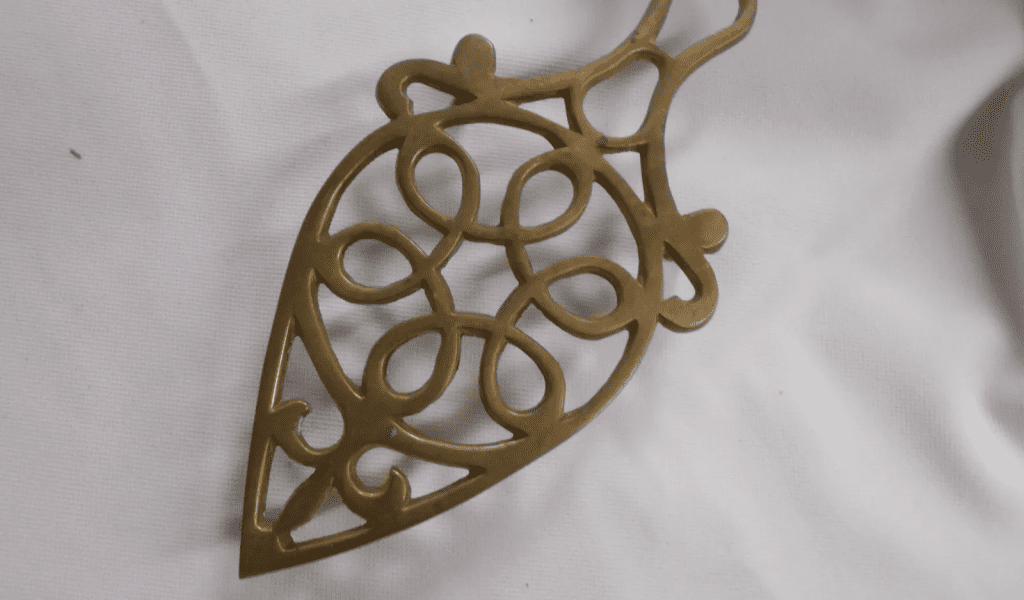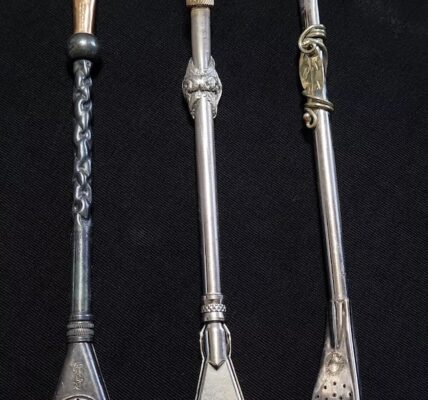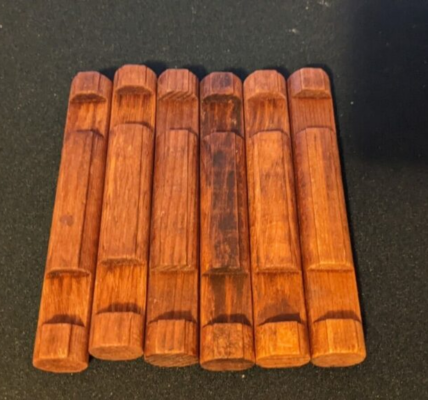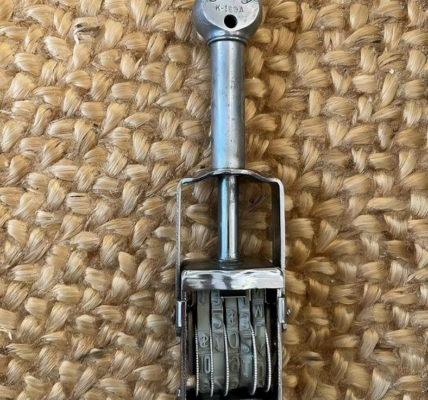In the world of kitchen tools, some accessories seem minor, yet they perform critical tasks. One such item is the humble trivet. At first glance, it may appear insignificant, but a trivet is an essential kitchen tool that plays a vital role in protecting your surfaces from heat damage and adding style to your dining experience. Whether you’re setting the table for a family dinner or hosting a large gathering, a trivet is a must-have. Let’s dive deeper into the importance of trivets, their historical significance, and modern uses.
What is a Trivet? A Simple Solution to Heat Protection

A trivet serves as a buffer between hot pots, pans, or serving dishes and your delicate surfaces like dining tables or countertops. Traditionally, a trivet is a three- or four-legged stand that elevates the hot dish slightly off the table, preventing direct heat from damaging the surface beneath it. The term “trivet” comes from the Latin word tripes, meaning “tripod,” referring to the three-legged designs common in older models. Today, trivets come in various shapes, sizes, and materials, adapting to modern kitchens while maintaining their essential function.
A Rich Historical Background: The Trivet’s Journey Through Time
The history of trivets is as old as cooking itself. These tools have been used across different cultures and periods, serving both functional and decorative purposes.
Ancient Origins: The Early Days of Trivets
In ancient civilizations like China, trivets were indispensable in kitchen setups. Known as “fire stands,” metal trivets were used to hold pots over open flames, ensuring even heat distribution and preventing pots from tipping over. Archaeological evidence suggests that these trivets were in use as far back as the 2nd century BCE, such as those found in the tomb of the Chinese ruler Zhao Mo. These early trivets were crucial in the development of cooking techniques that required consistent heat.
Medieval Europe: Practicality Meets Art
As cooking evolved in medieval Europe, so did trivets. Made from wrought iron and brass, these trivets became more than just practical tools. Craftsmen took pride in creating intricate designs that not only served a purpose in the kitchen but also displayed the owner’s status and wealth. Trivets in this period reflected the balance between utility and artistry, a trend that continues in some modern designs.
Colonial America: Functionality and Aesthetic Appeal
In early American homes, trivets were often made from wood or ceramic, showcasing rustic designs that reflected the times. They were essential in kitchens for serving hot dishes directly from the hearth to the table, preventing heat damage to wooden surfaces. Their simple, yet effective, design ensured both functionality and an aesthetic that complemented the home’s decor.
Modern Uses of Trivets: Beyond Just Heat Protection
While the primary role of a trivet hasn’t changed—protecting surfaces from heat—modern trivets are more versatile than ever, serving various roles in the kitchen.
Heat Protection: Safeguarding Your Surfaces
The core function of trivets remains unchanged: they prevent heat from damaging your dining tables, countertops, or other delicate surfaces. Whether you’re placing a sizzling casserole dish straight from the oven or a pot of freshly boiled pasta, trivets act as a protective barrier, ensuring that your kitchen surfaces remain free of burn marks or heat stains.
Design Variety: Matching Your Kitchen’s Aesthetic
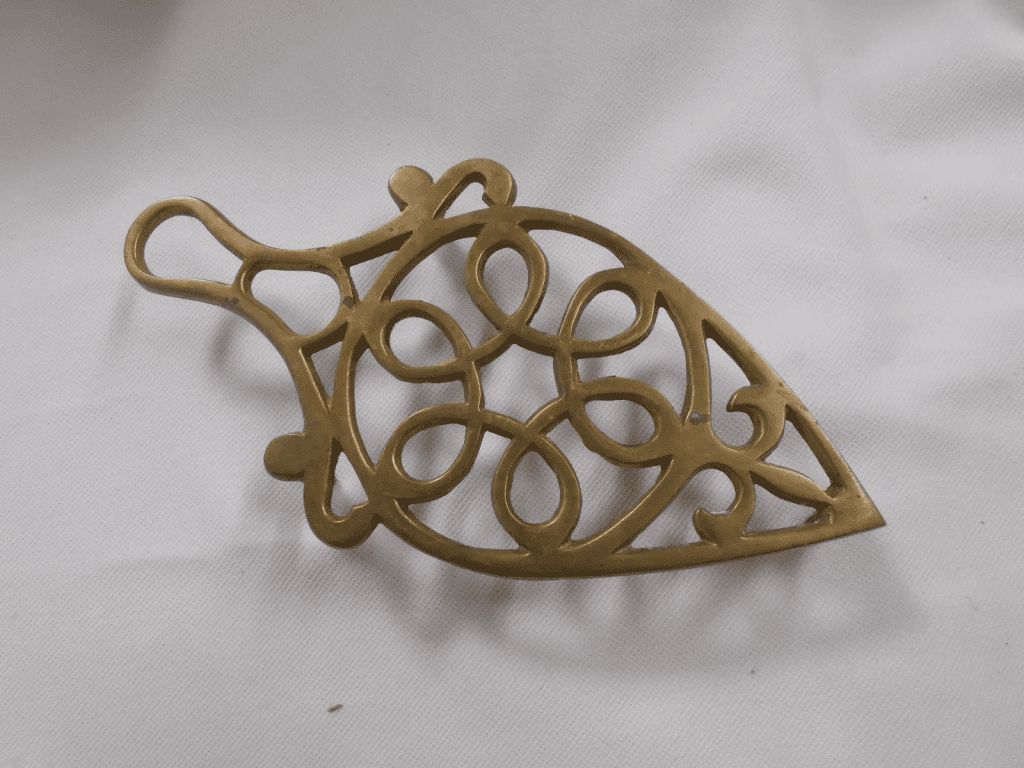
Today, trivets come in a wide array of materials, designs, and colors, allowing you to choose one that complements your kitchen’s style. Whether you prefer a rustic wooden trivet, a sleek stainless-steel option, or a colorful silicone pad, there’s a design for every aesthetic. Some trivets are even designed to be decorative, serving as a centerpiece on your table when not in use.
Versatility: More Than Just for Serving Dishes
Trivets have evolved beyond their traditional role. Many can now be used as cooling racks for freshly baked goods, making them ideal for cooling cookies, cakes, or bread. They can also double as pot holders or be used as a base for hot pans on countertops, making them an indispensable kitchen tool.
Choosing the Right Trivet: Factors to Consider
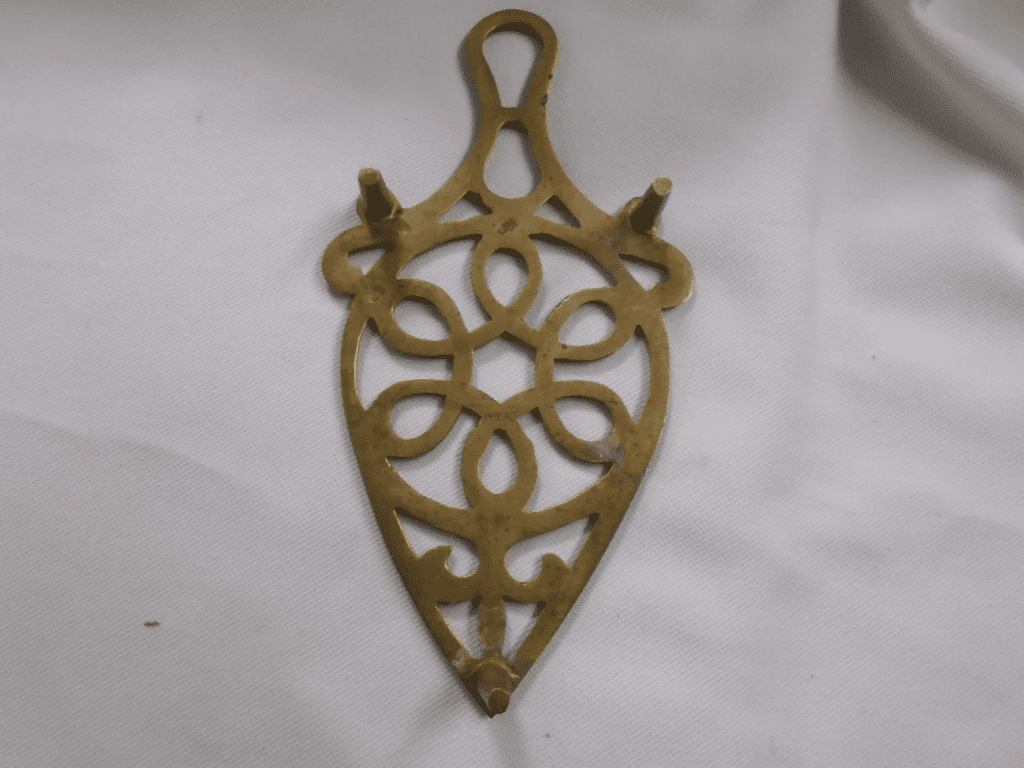
When selecting a trivet, there are a few key factors to keep in mind, ensuring you choose one that best fits your kitchen’s needs.
Material Options: Durability and Functionality
- Wood: Wooden trivets offer a classic, natural look and blend well with traditional or farmhouse-style kitchens. However, they may not withstand extremely high temperatures and require regular maintenance to prevent cracking or warping.
- Metal: Trivets made from stainless steel or cast iron are highly durable and capable of withstanding intense heat. They’re ideal for modern kitchens and offer a sleek, industrial feel.
- Silicone: Flexible and heat-resistant, silicone trivets are becoming increasingly popular. They are easy to clean, often dishwasher-safe, and come in a variety of colors and designs.
Aesthetic Appeal: Blending Function with Style

Your trivet doesn’t have to be purely functional. Many modern trivets are designed to complement your kitchen decor. Whether you want a minimalist, modern look or something more intricate and artistic, there’s a trivet to match your taste. The right trivet can even become a statement piece at your dinner table.
Modern Adaptations of Trivets: Innovative Designs for Today’s Kitchens
As kitchen design evolves, so too do trivets. Modern versions reflect current trends, combining practicality with artistry.
Multi-functional Designs: More Than Meets the Eye
In today’s kitchens, many trivets are designed to serve multiple purposes. Some can fold or expand to accommodate different dish sizes, while others can double as pot holders or decorative trays when not in use. These innovative designs maximize utility without sacrificing style.
Artistic Styles: Turning Kitchen Tools into Art
Modern trivets often incorporate artistic designs, turning them into decorative pieces. From nature-inspired motifs to geometric patterns, these trivets are designed to add flair to your kitchen while remaining highly functional. They bring a touch of elegance to your dining experience.
Sustainable Options: Eco-friendly Choices
With sustainability at the forefront of many consumers’ minds, eco-friendly trivets have become popular. Many manufacturers now offer trivets made from recycled materials or sustainably sourced wood, allowing you to protect both your surfaces and the environment.
Caring for Your Trivet: Ensuring Longevity
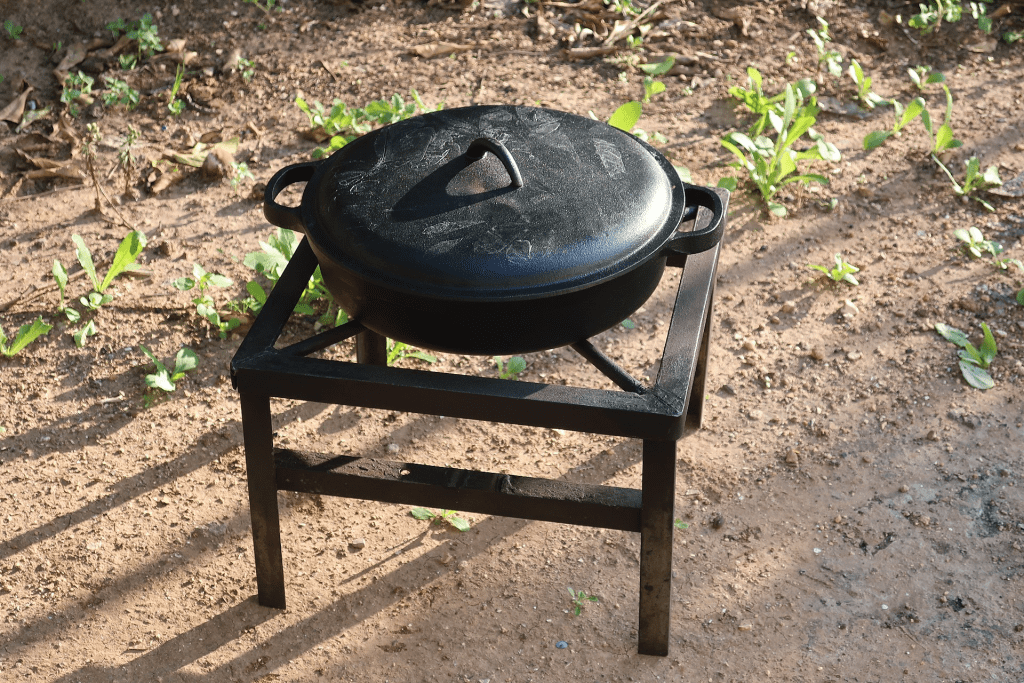
To keep your trivet in top condition, it’s essential to follow proper care instructions based on its material.
- Wood Trivets: Wipe clean with a damp cloth after each use and avoid soaking. Apply mineral oil occasionally to maintain the wood’s finish.
- Metal Trivets: Clean with soap and water, and dry immediately to prevent rusting.
- Silicone Trivets: These are typically dishwasher-safe, making them the easiest to clean. Just pop them in for a quick wash after use.
A trivet may seem like a small, easily overlooked kitchen accessory, but its importance is undeniable. From protecting your surfaces from heat to enhancing your table’s aesthetic, a trivet is a practical tool with a rich history and modern-day versatility. So, the next time you serve a meal, don’t underestimate the power of this simple, yet indispensable, kitchen tool. Embrace the trivet as both a protector and a decorative addition to your home, ensuring that your meals are served with safety and style.
